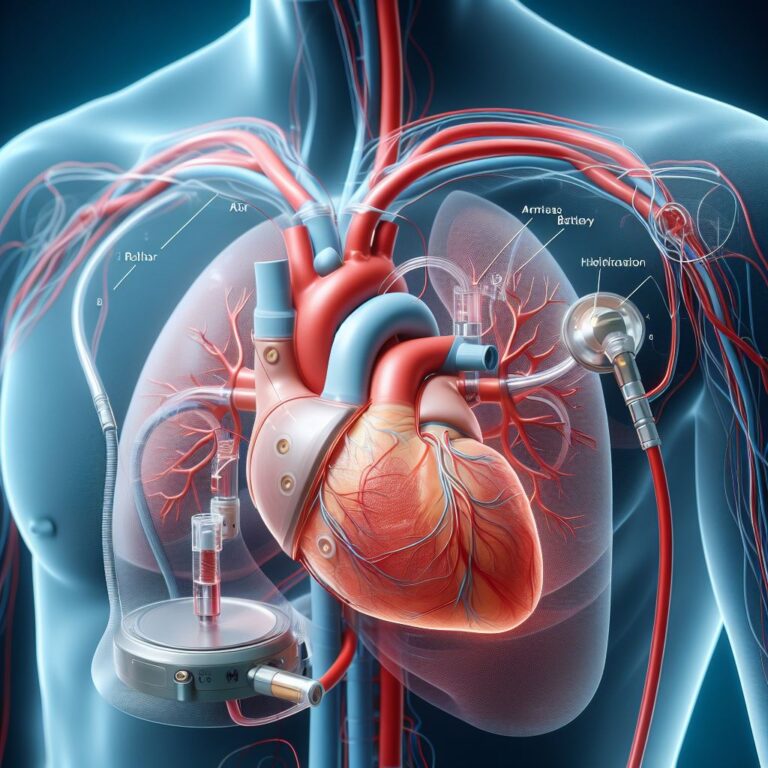Introduction
Patients with severe heart conditions often rely on ventricular assist devices (VADs) to keep their hearts pumping. These mechanical pumps, which support the left ventricle, are crucial for individuals experiencing cardiogenic shock due to a severe heart attack. However, a new study sheds light on an important complication that can arise after VAD implantation: right ventricle dysfunction.
The Challenge of Right Ventricular Dysfunction
Up to 43 percent of patients who receive VADs experience right ventricle dysfunction. This occurs because the balance and coordination between the left and right ventricles are disrupted. While the left ventricle pumps blood to the body, the right ventricle is responsible for pumping blood to the lungs. When the left ventricle is supported by a VAD, it can put additional strain on the right ventricle, leading to complications.
Understanding Pulmonary Vascular Compliance
Researchers at MIT have identified a critical factor in predicting right ventricular dysfunction: pulmonary vascular compliance. This term refers to the ability of the pulmonary vascular system (the network of vessels connecting the heart and lungs) to adjust its resistance and compliance in response to changes in blood volume and flow. Essentially, it’s how well the system adapts to the altered dynamics induced by the VAD.
The New Test
MIT scientists developed a test that measures pulmonary vascular compliance. By assessing this compliance, doctors can predict whether a patient will need right heart support in addition to the left ventricular assistance provided by the VAD. This test could revolutionize patient care, allowing medical professionals to tailor treatment plans more effectively.
Implications for Patient Care
Identifying patients at risk for right ventricular dysfunction early on is crucial. By incorporating this new test into clinical practice, physicians can proactively address potential complications. Whether it’s adjusting VAD settings, considering additional support devices, or closely monitoring patients, personalized care can significantly improve outcomes.
Conclusion
As we continue to advance in cardiac medicine, understanding the delicate interplay between the left and right ventricles becomes essential. The MIT team’s groundbreaking research not only provides insights into right ventricular dysfunction but also offers a practical solution for better patient management.
Check out more articles like this at News Archives – Topic In One Article
